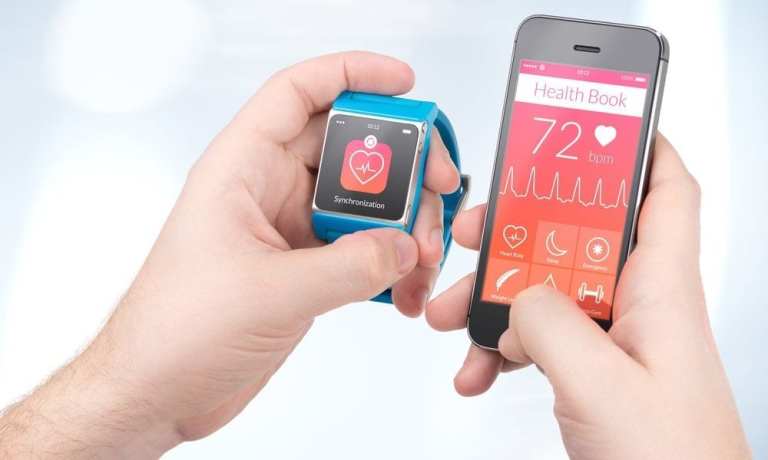
Shipments of wearables like Apple’s AirPods and Samsung headphones reached 49.6 million units during Q1 of 2019, a 55.2 percent increase from 2018, according to the International Data Corporation (IDC).
Most of the market is led by wrist-worn wearables, at 63.2 percent of market share, but ear devices are growing at a rapid pace (135.1 percent year over year) and they account for 34.6 percent of all shipped wearables.
“The elimination of headphone jacks and the increased usage of smart assistants both inside and outside the home have been driving factors in the growth of ear-worn wearables,” said Jitesh Ubrani, research manager for IDC Mobile Device Trackers. “Looking ahead, this will become an increasingly important category as major platform and device makers use ear-worn devices as an on-ramp to entice consumers into an ecosystem of wearable devices that complement the smartphone but also offer the ability to leave the phone behind when necessary.”
Ramon Llamas, the research director for IDC’s wearables division, said wristwear is the hot item lately.
“Shipments of wristwear — including watches and wristbands — grew 31.6 percent year over year, and continue to dominate the wearables landscape,” Llamas said. “While the functionalities and capabilities have grown and changed, the one common thread is the relentless focus on health and fitness. This has resonated strongly with users and health insurance companies alike, and new health and fitness insights attract a larger audience.”
Apple sells the most wearables with healthy sales of its three products: the Apple Watch, Beats headphones and AirPods. Apple has captured more revenue with its watches by increasing the average selling price (ASP) from $426 in Q1 of 2018 to $455 this quarter.
Another communications company, Huawei, ended Q1 with growth of 282.2 percent, and it often bundles wearables with its smartphones. The Fitbit has also proved popular, and a recent release of a Versa Lite model has helped sales, although at a lower ASP.